The Ultimate PDMS Certification Handbook
Course overview
PDMS stands for Plant Design Management System. It is a comprehensive, interactive software application for integrated design and engineering of plants, ranging from small-scale projects to large industrial complexes. PDMS is widely used in industries such as oil and gas, power generation, chemical, and processing to create precise 3D models of plants, which include piping, equipment, and structural components. It allows engineers and designers to collaborate effectively, manage information, and optimize the entire plant design process from conceptual to detailed design and through to construction and operation.

PDMS Online Training is an internet-based program offered by Multisoft Virtual Academy to equip learners with essential skills in Plant Design Management System (PDMS) for various industries, enhancing their career prospects. In today's fast-paced world, staying ahead of the curve in the engineering and design industry is essential. With ever-evolving technology and competition, continuous up skilling is crucial for professionals to remain relevant and progress in their careers. One such cutting-edge technology in the realm of engineering and design is PDMS (Plant Design Management System). Multisoft Virtual Academy brings you an exceptional PDMS Online Training and Certification Course that opens the gateway to a realm of exciting possibilities in the engineering domain.
Understanding PDMS: The Backbone of Plant Design
Before delving into the significance of PDMS online training, let's understand the fundamental role this software plays in the engineering domain. PDMS is a 3D design tool used to create detailed models of process plants, power plants, oil refineries, and other industrial facilities. It offers a unified platform for engineers, architects, and designers to collaborate seamlessly, facilitating a smooth workflow and minimizing errors in design and construction.
PDMS, or Plant Design Management System, is a comprehensive 3D design software used in the engineering sector for designing, modeling, and managing complex plant projects. This powerful software enables professionals to create detailed and accurate designs for various industries such as oil and gas, power plants, chemical plants, and many others. The PDMS online training offered by Multisoft Virtual Academy aims to provide a deep understanding of this software's capabilities, empowering participants to leverage its potential fully.
The Importance of PDMS Training
In a study-based approach, it is crucial to recognize the significance of professional training in PDMS. The course provides a platform for participants to gain hands-on experience with the software, understand its functionalities, and apply them to real-world scenarios. From conceptualization to implementation, PDMS online certification equips learners with the skills required to execute complex plant design projects efficiently and accurately.
Comprehensive Curriculum
The PDMS Online Training and Certification Course offered by Multisoft Virtual Academy boasts a well-structured and comprehensive curriculum. The course starts with the basics of PDMS and gradually progresses to advanced topics, catering to both beginners and experienced professionals. Participants learn about equipment modeling, structural design, piping systems, clash detection, and much more, enabling them to become proficient PDMS users.
Interactive Learning Environment
A study-based approach thrives in an interactive learning environment, and Multisoft Virtual Academy understands this well. The PDMS course provides participants with access to live virtual classrooms, where expert trainers lead engaging sessions. Students can interact with trainers, ask questions, and collaborate with peers, fostering a rich and immersive learning experience.
Certified Trainers and Convenience
To facilitate effective learning, the PDMS Online Training is led by certified trainers with extensive experience in the engineering and design domain. These trainers not only possess expertise in PDMS but also bring their real-world experiences to the virtual classrooms. Learners can benefit from their insights, tips, and guidance throughout the course.
In a study-based theme, convenience and flexibility play pivotal roles in ensuring learners' success. Multisoft Virtual Academy offers the PDMS course online, enabling participants to learn at their own pace and from the comfort of their homes. This flexibility allows working professionals to balance their job responsibilities while up skilling themselves with the course.
Advantages of PDMS Certification
1. Career Advancement
PDMS certification validates learners' expertise and can open doors to new job opportunities and career advancements in the engineering and construction industries.
2. Industry Recognition
Certified PDMS professionals gain industry-wide recognition for their skills, giving them a competitive edge over non-certified counterparts.
3. Enhanced Credibility
Clients and employers place higher trust in certified professionals, knowing they possess the knowledge and proficiency to execute projects efficiently.
Skill Assessment and Career Advancement Opportunities
To monitor the learners' progress effectively, the PDMS course includes regular skill assessments and progress tracking mechanisms. These assessments help identify areas that require more attention and allow trainers to provide personalized feedback to participants, enhancing their learning journey.
The PDMS Online Training and Certification Course serves as a stepping stone for career advancement. As businesses continue to embrace technology, professionals skilled in PDMS are highly sought-after in the industry. The certification received upon completing the course validates one's expertise, making them eligible for better job opportunities and higher remuneration.

Conclusion
The PDMS Online Training and Certification Course by Multisoft Virtual Academy presents a study-based approach to empower engineering professionals with the knowledge and skills to excel in the world of plant design. By enrolling in this course, learners embark on a transformative journey of professional growth and corporate training, unlocking new career opportunities and becoming invaluable assets to their organizations.
Stay ahead of the competition with PDMS training and embark on a fulfilling and successful career in the engineering and design domain.




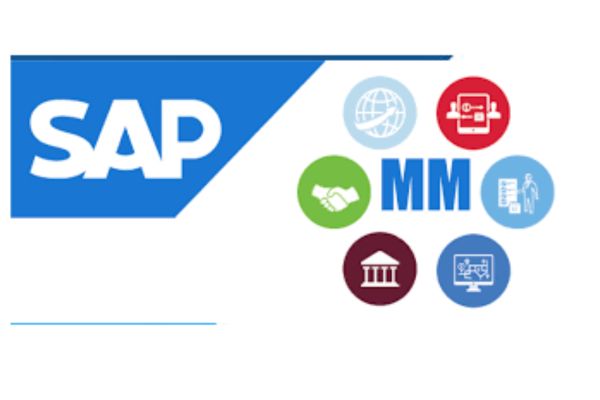


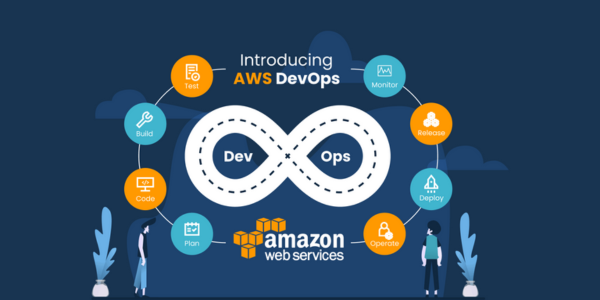


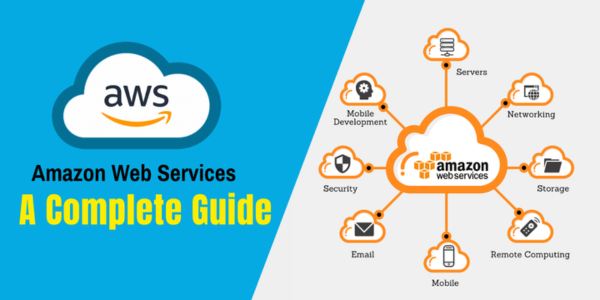










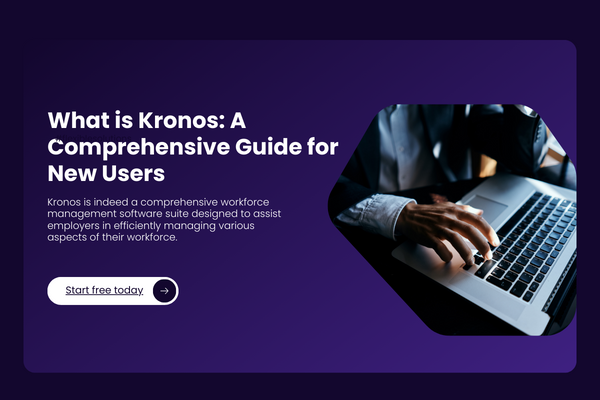




















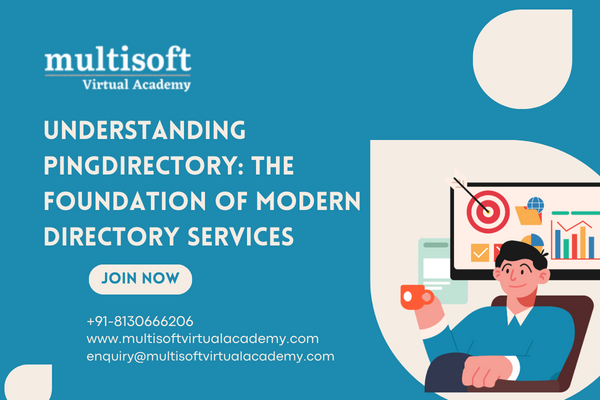







 Join our Live Instructor-Led online classes delivered by industry experts
Join our Live Instructor-Led online classes delivered by industry experts